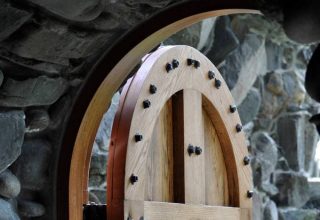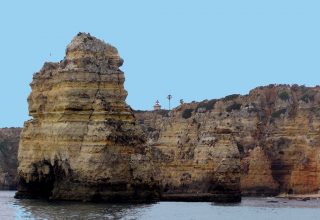
This got me to thinking… what if we could adapt the V formation principles of our feathered friends with our “flocks” of two-legged organizations? Maybe we wouldn’t extend the range and effectiveness of our efforts by seventy percent—but even one third of that would make a stunning difference in most organizations (Actually air force squadrons around the world have long imitated nature’s airborne conservancy strategy–although most haven’t realized the same level of effectiveness as the geese).
Many of us have been taught (both in school and the workplace) that our leaders need to be some type of charismatic super hero who can leap over tall buildings in a single bound while simultaneously herding us to the “promised land.” From my perspective, the problem with this paradigm of leadership is that it doesn’t encourage a sense of responsibility for those further down the food chain with furthering the success of the organization—and that certainly isn’t in line with our geese’ philosophy of leveraging and lifting the group’s goals.
So what if we shifted the “command & control” paradigm to a view that each member of the organization could be tapped to lead in a shared governance model… a philosophy wherein each individual’s unique capabilities and talents would be leveraged to lead the team based on specific challenges or goals? Incidentally, I think it’s not coincidental that most military elite forces around the globe utilize these principles in identifying specialized talents and melding them into cohesive teams.
Recently I’ve begun experimenting with applying these principles of shared governance with a new team/talent training system called the TribeVibes. The concept is premised on an interchangeable leadership role known as the “Steward,” a person who holds the “leadership space” for a period of time when their unique talents can be leveraged to achieve a specific goal more effectively.
Having utilized the TribeVibes concept with a variety of corporate and non-profit organizations, we’ve begun to observe a dramatic increase in participants’ ownership of the group’s mission, and a willingness to shift responsibilities based on their team’s unique talent sets.
In my opinion, the geese got it right. I believe that by adapting the team leadership concepts of our feathered friends we all could fly a little further and with less effort as an organization. Of course, there is always the option of maintaining the status quo in the midst of dramatic economic and technological changes… however during a recent visit to the museum, I observed that this philosophy didn’t seem work too well for the Dodo bird whose dusty remains where exhibited along with a host of other species labeled as extinct!
Download Article















